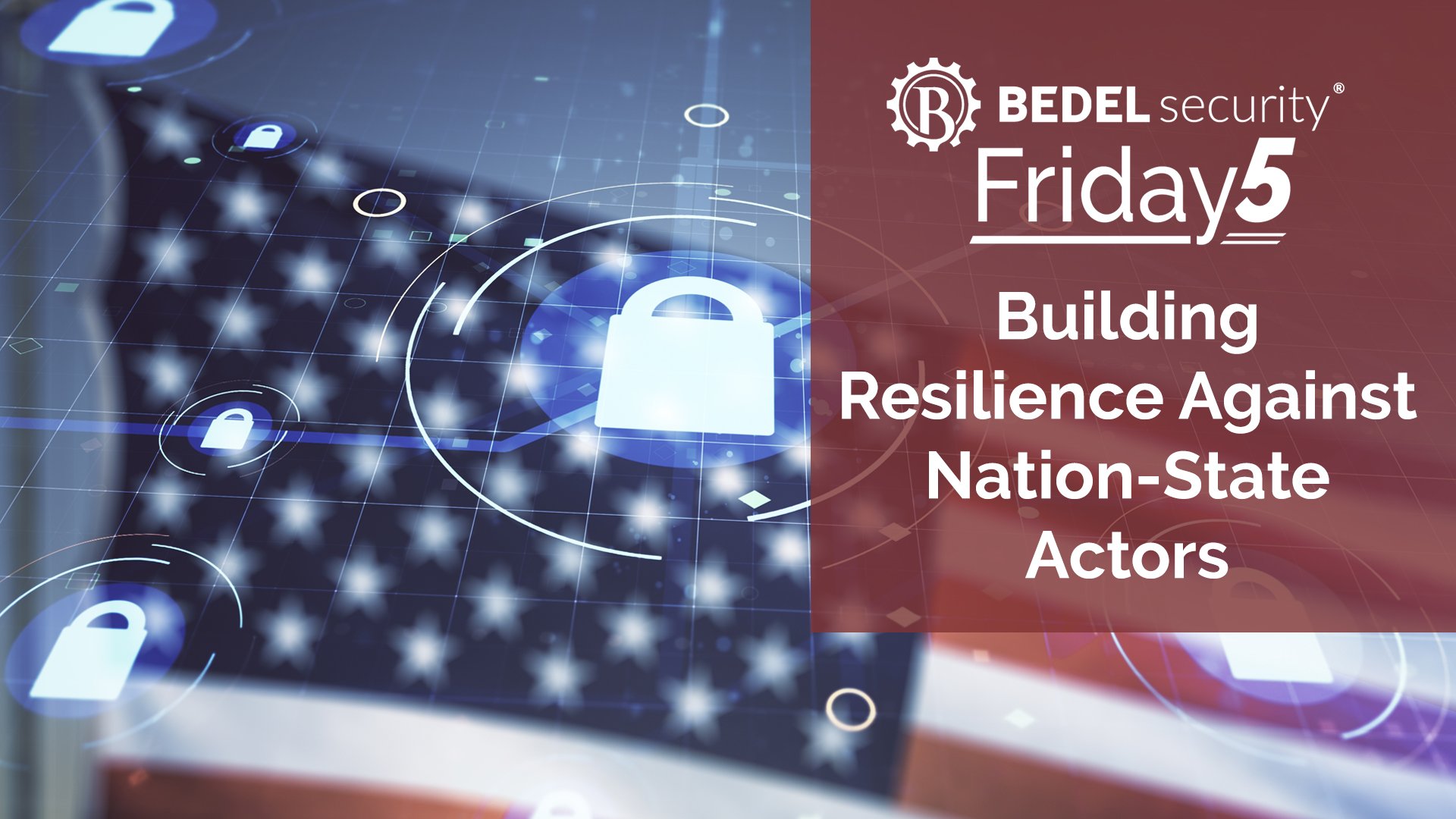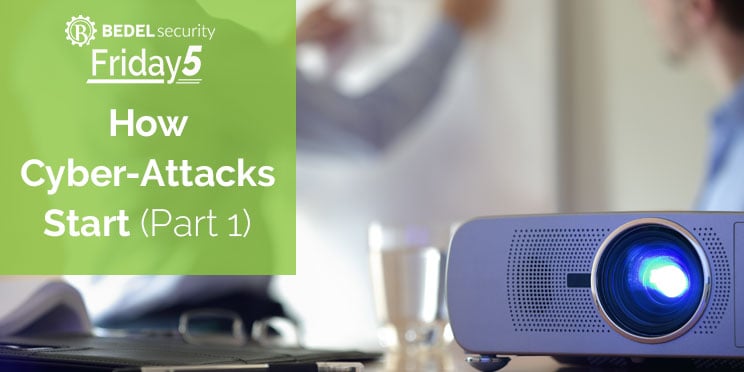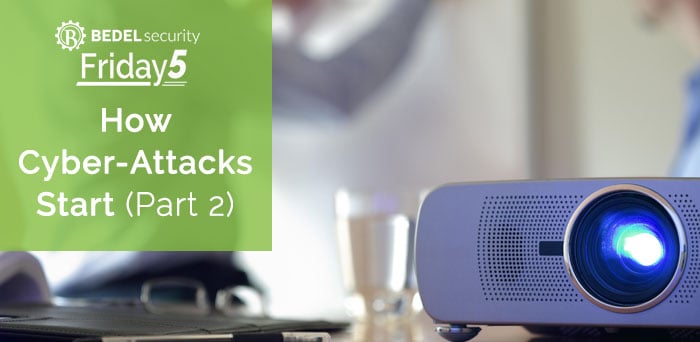Mobile Device Security
Work and personal lives continue to blend as many employees are working from home and social distancing. Mobile devices, specifically phones, are...

Given the current international climate, it is critical to maintain vigilant and ongoing monitoring of both cyber and physical threats to the critical infrastructure that underpins our daily lives. Nation-state actors and their sponsored affiliates represent a serious threat to U.S. national security, particularly due to their involvement in advanced persistent threat (APT) activities—sophisticated, sustained cyber operations aimed at long-term infiltration, data theft, and system disruption.
Four nation-states are especially prominent in sponsoring such threats against the United States:
APT actors are well-funded and technically advanced, often operating undetected for long periods. Research organizations track and classify these groups, using unique identifiers. For more information, refer to sources such as MITRE ATT&CK® Groups, Mandiant’s APT Groups, and Microsoft’s Threat Actor Naming Taxonomy.
To ensure national security and resilience, it is essential that owners and operators of critical infrastructure—including community banks and other financial institutions—are prepared to adapt to evolving threats and recover swiftly from disruptions. These institutions play a vital role in regional economic development and are considered part of the nation's critical infrastructure.
The Cybersecurity and Infrastructure Security Agency (CISA), the lead federal agency for cyber defense and infrastructure protection, offers resources to help organizations build resilience against both cyber and physical threats. CISA recommends the following proactive steps to mitigate risks from nation-state actors:
Effectively minimizing the risk of a nation-state cyber-attack requires more than just reactive measures—it demands a proactive, well-structured approach. By identifying your critical assets, understanding the risks they pose, and developing a comprehensive incident response plan, your financial institution can significantly strengthen its cyber resilience.
Partnering with experts who specialize in information security can accelerate this process. Bedel Security offers the guidance and expertise needed to mature your security program. With our seasoned vCISOs and tailored risk assessments, we are equipped to help your organization prepare for and respond to even the most sophisticated cyber threats. Contact us at sales@bedelscurity.com.

Work and personal lives continue to blend as many employees are working from home and social distancing. Mobile devices, specifically phones, are...

There are many types of cyber-attacks used by criminals today. Financial institutions should employ a layered approach to defending against these...

In Part 1 of this series we started to look at some of the tactics that attackers use to initially gain access to systems in your institution. The...